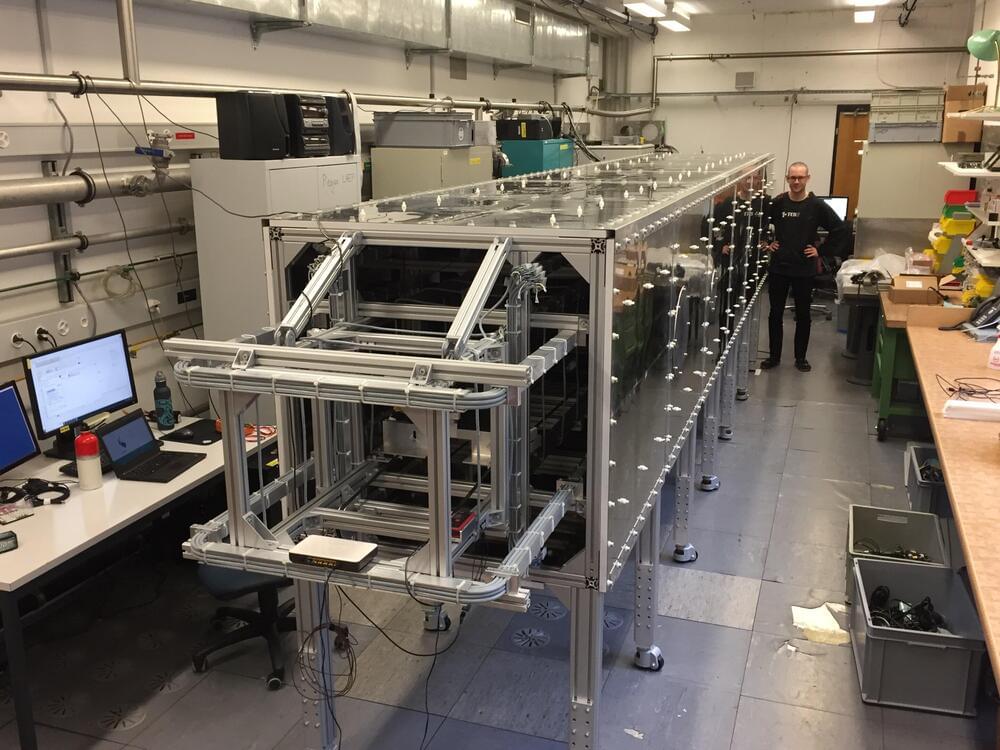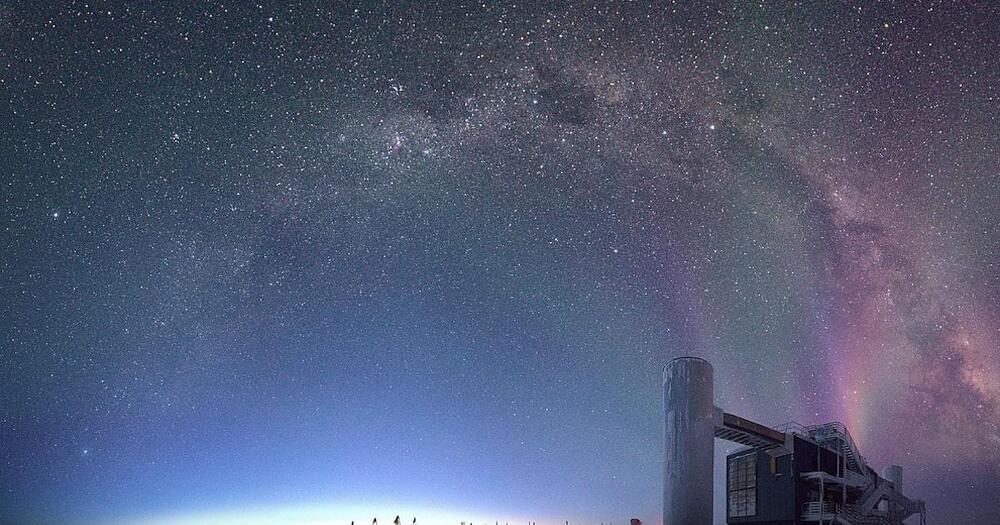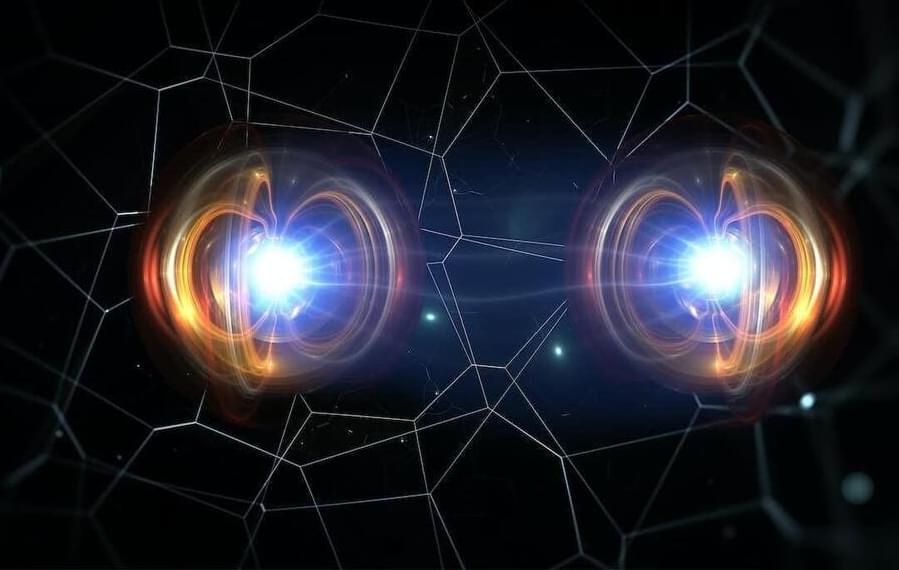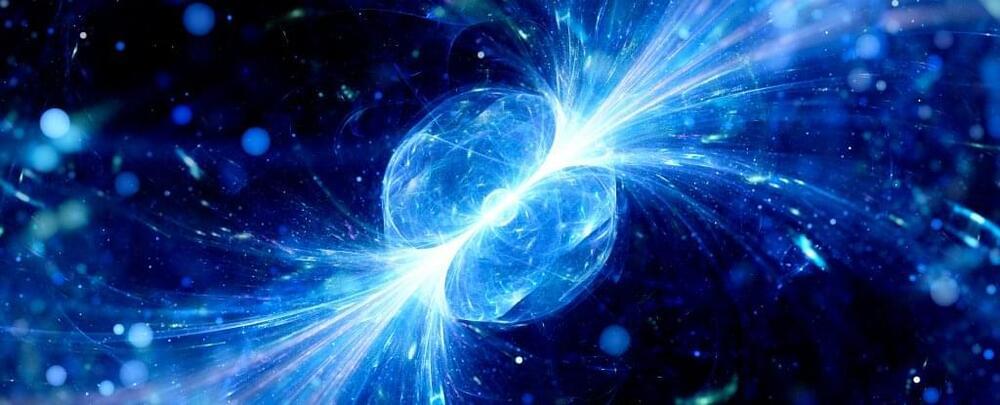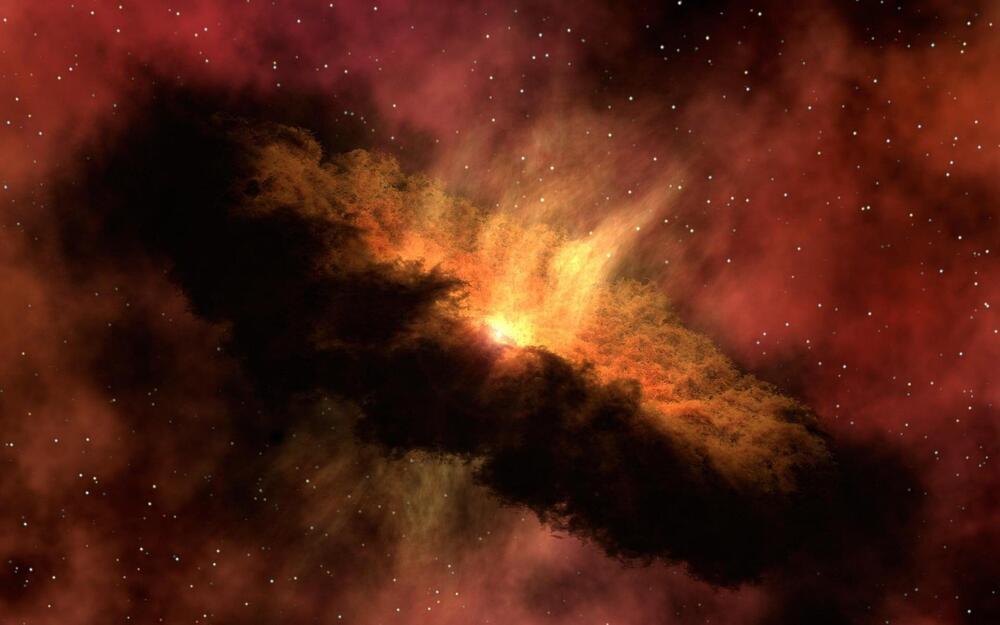Nov 12, 2022
‘Spooky action at a distance’ can lead to a multiverse. Here’s how
Posted by Paul Battista in categories: cosmology, particle physics, quantum physics
Some interpretations of quantum mechanics propose that our entire universe is described by a single universal wave function that constantly splits and multiplies, producing a new reality for every possible quantum interaction. That’s quite a bold statement. So how do we get there?
One of the earliest realizations in the history of quantum mechanics is that matter has a wave-like property. The first to propose this was French physicist Louis de Broglie, who argued that every subatomic particle has a wave associated with it, just like light can behave like both a particle and a wave.

